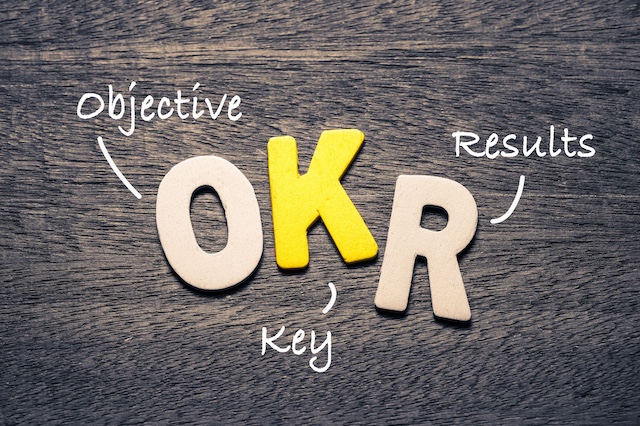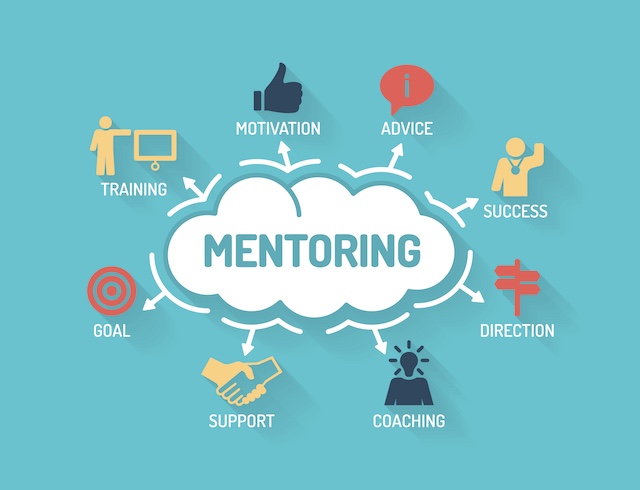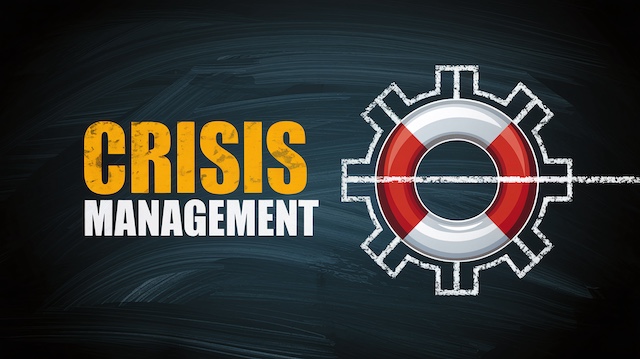Because a wide range of factors influence business success, no industry or organization can consider itself completely immune to the possibility of layoffs—not even yours. On the positive side, the National Bureau of Economic Research reports that layoffs are temporary in a large percentage of situations. More than 40% of employees on layoff end their unemployment period by returning to work for their previous employer.
A layoff and recall policy prepares your company for challenging times of business transition so that these events are handled as smoothly and effectively as possible.
Effective handling of layoffs includes many factors. The layoffs themselves must be conducted in a way that is respectful of employees and their emotions. In addition, both remaining employees and competitors must be managed effectively in the aftermath of a layoff. In each step of the process, clear, thorough, and consistent communication with everyone involved plays a significant role in the outcome of your layoff process.
Recalls too must be conducted thoughtfully. A recall policy can help your company with the many details of this process, from creating a prioritized list of employees to bring back to the company to crafting an effective onboarding process for these boomerang employees.
Your policy for layoff and recall does much more for your organization than delineate the process for those responsible for layoff actions. It also brings clarity to team members who are concerned about their future employment. Preparing a layoff and recall policy that is optimal for your organization starts with understanding the fundamentals of layoff and recall.
What Layoff and Recall Mean for Your Business
Layoffs usually involve the termination of multiple workers for reasons that are not directly related to the performance of those workers. While layoffs are often thought of as a temporary suspension of work for both the employees and the organization, layoffs can continue indefinitely and, in some cases, become permanent. However the employment situation turns out, the handling of a layoff can have major repercussions for your business, including your ability toretain talent and maintain a positive employer reputation.
In a recall situation, employees who were previously laid off return to their employer. Often, but not always, these employees return to the same role that they left. An employee recall usually means that your business’ situation has improved enough to bring back one or more employees. While the ideal may be to bring back all employees who have been laid off, this is generally not what happens—which means some difficult decisions for your team. Your layoff and recall policy can help simplify those decisions.
Key Elements of a Layoff and Recall Policy
The exact details of your layoff and recall policy will naturally depend on your industry as well as the unique needs of your organization. Still, certain elements should always be included. Before putting a policy together, it’s also essential to review the employment laws that are in effect for these processes—including both federal and state-level regulations.
Your layoff policy should include the following information:
- Specifics on the factors used in the layoff selection process
- Process and procedures involved in the layoff process
- Strategies for communicating the layoff to both terminated and retained employees
- Length of time before the temporary layoff of employees will be considered a permanent reduction
- Method for calculating tenure during the layoff period
- Details of severance packages for laid-off employees
- Other services that will be offered to terminated employees, including outplacement services and counseling
- Policy for managing negative responses, both internal and external, to the layoffs
The recall portion of your policy should provide the following:
- Specific criteria used for determining which employees on layoff are subject to recall
- Precise details on any preferences to be offered to laid-off employees for open positions
- Process for contacting former employees concerning open roles, and a time frame for replies
- Process and procedures for bringing an employee back to the workforce
- Strategies for communicating the recall both internally and externally
Selecting Employees for Recall
Naturally, the most challenging and potentially problematic aspect of the recall process is choosing whom to bring back to the company. The more detailed your process is (and more carefully considered), the easier it will be to make decisions. A thorough policy also makes it less likely that your organization will face backlash for the choices it makes.
Some of the criteria that are more obvious for this decision include an employee’s job skills and knowledge, past job performance, and seniority, considered alongside your company’s most pressing workforce needs. In addition, you’ll want to consider factors such as employees’ transferable skills and their abilities to succeed in new roles or the new work environment created by the layoff. There may also be other needs and regulations that relate to your organization, industry, and location.
A recall list puts your recall selection criteria into a useful form. It provides you with a ranked list of laid-off employees that are eligible to be recalled as needs arise and positions become open. The most efficient recall list will factor in all of the criteria that are most important in selecting workers to bring back so that relevant factors aren’t missed. An up-to-date recall list will allow you to make and communicate recall decisions more efficiently and enable you to rebuild your workforce more quickly.
Conclusion
Layoffs and recalls can be complicated proceedings for organizations of any size, which makes it essential to have detailed policy in place for these situations. A policy ensures your practices comply with legal regulations for these events and provides a roadmap for both the employer and employees. A policy also allows you to keep your future strategy and brand reputation in mind during more challenging times.
Intoo’s outplacement services, which are designed to help exiting employees find new work quickly and easily, can ease the strain of situations that require a layoff. Schedule a demo today to see how our tools can make a difference for your company and its brand reputation during challenging times of transition.











